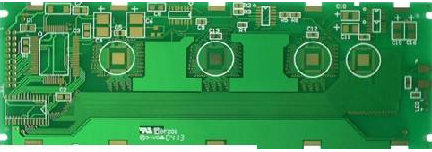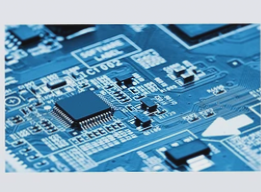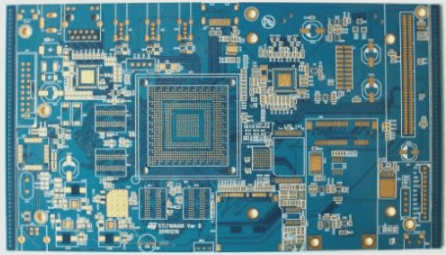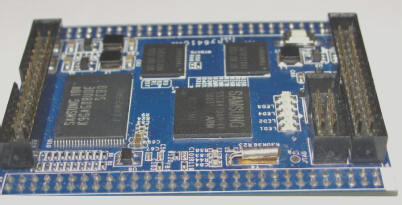Understanding Thermosetting Plastics and Thermoplastics
Introduction
Thermosetting plastics and thermoplastics are two main types of polymers used in various industries. While thermosetting plastics undergo an irreversible curing process to form a rigid structure, thermoplastics can be melted and reshaped multiple times without undergoing chemical changes.
Key Differences
Thermosetting plastics, once set, cannot be remelted, offering exceptional heat resistance and mechanical strength. In contrast, thermoplastics are known for their recyclability and flexibility.
Advantages of Thermoplastics
- Recyclability: Thermoplastics can be remolded multiple times, promoting sustainability.
- Processing: Easy and quick processing methods like injection molding make them ideal for mass production.
- Flexibility: Suitable for applications requiring ductility and toughness.
- Variety: Available in diverse materials like PE, PP, PVC, and PS.
- Cost-Effective: Lower production costs due to simpler manufacturing techniques.
Disadvantages of Thermoplastics
- Heat Resistance: Limited heat resistance, softening at high temperatures.
- Creep: Susceptible to deformation under prolonged loading.
- Chemical Resistance: Less resistant to chemicals compared to thermosetting plastics.
Advantages of Thermosetting Plastics
- Heat and Chemical Resistance: Exceptional resistance to heat and chemicals, ideal for harsh environments.
- Mechanical Strength: High strength and rigidity for structural integrity.
- Electrical Insulation: Superior electrical insulating properties for electronic applications.
Disadvantages of Thermosetting Plastics
- Irreversibility: Cannot be reshaped after curing, limiting recyclability.
- Brittleness: More brittle than thermoplastics, prone to cracking under stress.
- Processing Complexity: Complex curing process leading to higher production costs.
Applications of Thermoplastics
Packaging Materials:
- Materials: PE, PP, PET
- Applications: Bottles, containers, food packaging
Automotive:
- Materials: PC, PA, PP
- Applications: Bumpers, dashboards, lighting covers
Consumer Goods:
- Materials: PS, ABS, PP
- Applications: Household items, toys, furniture
Medical Devices:
- Materials: PP, PC, PE
- Applications: Syringes, surgical instruments, medical packaging
Electronics:
- Materials: PVC, PC, ABS
- Applications: Electronic housings, circuit boards
Applications of Thermosetting Plastics
Electronics and Electrical Insulation:
- Materials: Epoxy Resin, Phenolic Resin, Melamine Formaldehyde
- Applications: Circuit boards, electrical insulation components, switches, sockets
Automotive and Aerospace:
- Materials: Epoxy Resin, Phenolic Resin, Unsaturated Polyester Resin
- Applications: Structural components, brake pads, gaskets, composite parts, coatings
Construction and Building Materials:
- Materials: Urea Formaldehyde, Melamine Formaldehyde, Epoxy Resin
- Applications: Adhesives, laminates, coatings, wall panels, flooring materials
Adhesives and Sealants:
- Materials: Epoxy Resin, Phenolic Resin, Polyurethane
- Applications: Structural adhesives, sealants for construction, industrial adhesives
Industrial and Chemical Applications:
- Materials: Phenolic Resin, Epoxy Resin, Unsaturated Polyester Resin
- Applications: Chemical-resistant coatings, industrial equipment, corrosion-resistant containers
Consumer Goods and Appliances:
- Materials: Melamine Formaldehyde, Urea Formaldehyde
- Applications: Kitchenware, electrical appliance housings, laminates for countertops and furniture.
Latest Updates:
- New research shows that thermosetting plastics are being used in 3D printing technology, allowing for more durable and heat-resistant printed objects.
- Companies are developing biodegradable thermosetting plastics to address environmental concerns and reduce plastic waste.
- Thermosetting plastics are increasingly used in the medical field for applications such as dental materials and surgical instruments due to their biocompatibility and sterilization capabilities.




